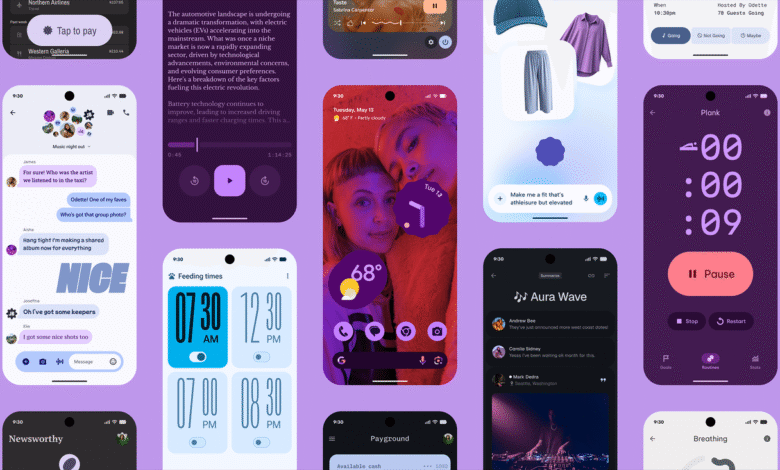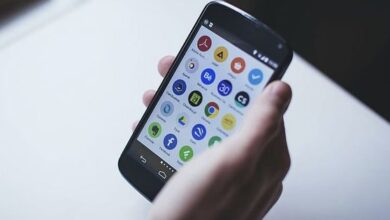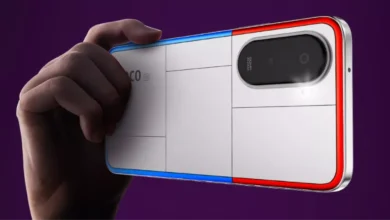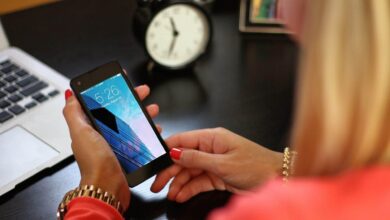Google rolls out Android 16’s Material 3 Expressive Design to older Pixel devices
The rollout is happening in phases over the coming weeks, depending on device and carrier availability, alongside a host of new AI-powered tools and usability upgrades.

Google has rolled out its September Pixel Drop, bringing the colorful and dynamic Material 3 Expressive design from Android 16 to a wide range of older Pixel devices.
Originally introduced with the Pixel 10 series, this major design overhaul is now extending to models dating back to the Pixel 6, giving users a refreshed, highly customizable interface.
The rollout is happening in phases over the coming weeks, depending on device and carrier availability, alongside a host of new AI-powered tools and usability upgrades.
The Material 3 Expressive design marks a bold shift from Android’s traditional minimalism, focusing on personalization and interactivity.
Users can now enjoy live lock screen effects, such as animated weather and shape overlays, redesigned Quick Settings with dynamic wallpaper-based colors, and custom call screens that allow personalized calling cards. The update also introduces smoother physics-based animations with added haptic feedback, creating a more fluid and immersive experience across the interface.
Supported devices for this update include Pixel 6, 6 Pro, and 6a, the Pixel 7 series, Pixel 8 series, Pixel 9 series including the Pro Fold, Pixel 10 lineup, and the Pixel Tablet.
This means Pixel owners with devices going back to 2021 will be able to enjoy the same modern design language as the newest flagship models.
Beyond the design changes, Google has packed in additional features aimed at boosting productivity and convenience.
Gboard now supports on-device AI text editing, allowing users to refine grammar and adjust tone across any Android app. Pixel devices with LE Audio support, starting with the Pixel 8, also gain the ability to connect two Bluetooth headphones simultaneously for shared listening, easily set up via QR codes.
The September update underscores Google’s focus on keeping even older devices fresh with new capabilities, ensuring a consistent and modern experience across its ecosystem.
Users can manually check for the update in their system settings, while those eager to test upcoming features sooner can opt into the Android 16 QPR1 Beta Program, keeping in mind the risks of running beta software.
This Pixel Drop highlights how Google continues to blend design innovation with AI-driven features, making Android interactions more personalized and engaging than ever.











